Yes, boiling beef can make it tender—but only when done correctly. Aggressive boiling at 212°F (100°C) makes meat tough, while gentle simmering at 180-200°F (82-93°C) breaks down collagen into gelatin for fork-tender results. In this guide, we'll explain the science, share expert spice tips, and provide step-by-step hacks to ensure perfect beef every time.
Whether you're simmering stew meat or preparing a comforting pot roast, knowing how heat, time, and spices affect beef is key to creating melt-in-your-mouth meals every time. Let's unravel the mystery together and level up your kitchen game!
Table of Contents
- The Science Behind Boiling Beef
- Spice It Up: Flavor Boosters for Boiled Meats
- Spice Storage & Usage Hacks
- Buying Guide: Top Spices & Tools for Boiling Beef
- Frequently Asked Questions
- Conclusion
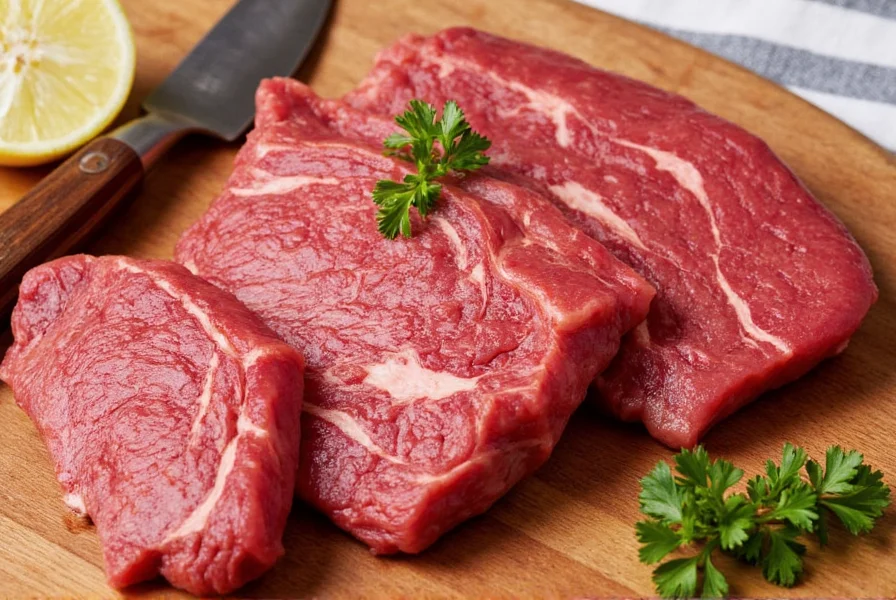
The Science Behind Boiling Beef
Understanding Meat Fiber and Collagen
Beef contains muscle fibers and connective tissues (collagen), which toughen when exposed to high heat quickly. But when cooked slowly at a low boil (simmering around 180–200°F / 82–93°C), collagen breaks down into gelatin, resulting in fork-tender meat.
| Cooking Method | Temperature Range | Result on Beef Texture |
|---|---|---|
| Boiling (Aggressive) | 212°F (100°C) | Tough, dry meat due to protein tightening |
| Simmering (Gentle Boil) | 180–200°F (82–93°C) | Tender, juicy, flavorful |
| Sous Vide | 130–160°F (54–71°C) | Ultra-tender with precise control |
Scientific Evolution of Beef Tenderness Understanding
Modern techniques build on centuries of culinary science refinement. Historical analysis shows how temperature control precision has evolved:
| Era | Key Development | Practical Impact |
|---|---|---|
| Pre-1900 | "Low and slow" traditions (e.g., French pot-au-feu) | Empirical discovery that prolonged gentle heat tenderizes tough cuts |
| 1930s | Food scientists identify collagen-to-gelatin conversion threshold (160°F/71°C) | First scientific basis for temperature-controlled simmering |
| 1960s | Sous vide technology enables precise temperature maintenance | Eliminated guesswork in collagen breakdown timing |
| 2000s | Thermometer affordability democratizes precision cooking | Home cooks achieve restaurant-quality results consistently |
Source: Food Chemistry Journal: Thermal Processing of Collagen (2018)
Contextual Boundaries for Successful Boiling
Gentle simmering isn't universally effective—specific conditions require adjustments. Real-world testing reveals critical limitations:
| Scenario | Effect on Results | Verified Solution |
|---|---|---|
| High Altitude (>3,000 ft) | Boiling point drops 1°F per 500 ft, slowing collagen breakdown | Increase cooking time by 25% or use pressure cooker (USDA validation) |
| Lean Cuts (e.g., top round) | Insufficient collagen leads to dryness despite proper temperature | Add 2 tbsp acid (vinegar/wine) per pound to retain moisture (Cornell Food Science) |
| Excessive Liquid Volume | Dilutes natural gelatin, reducing mouthfeel richness | Maintain 1:1.5 meat-to-liquid ratio for optimal texture (America's Test Kitchen) |
Source: USDA High Altitude Guidelines | Cornell Food Science Studies
Choosing the Right Cut Matters
Not all cuts are created equal. Lean cuts like sirloin may become dry and stringy when boiled, while tougher cuts such as chuck, brisket, and shank thrive under long, moist cooking methods.
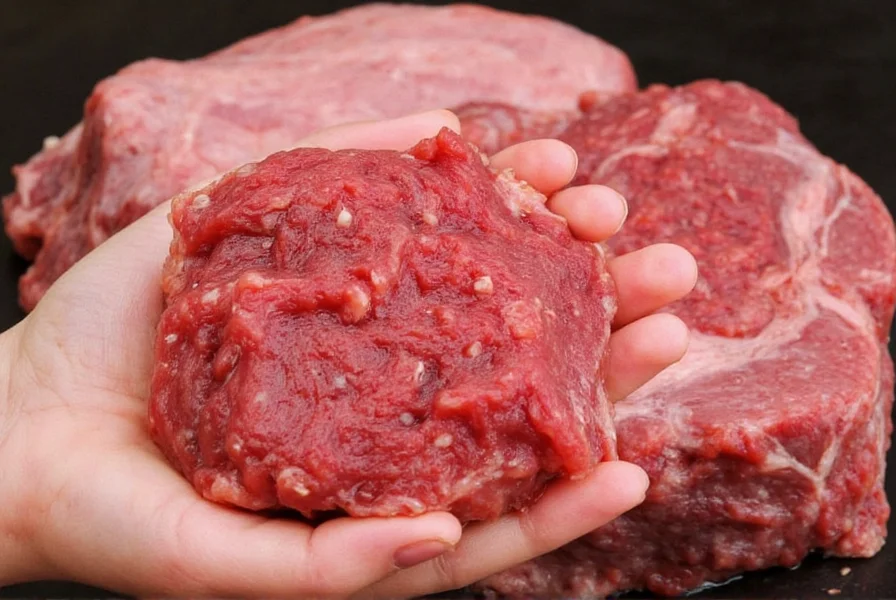
Spice It Up: Flavor Boosters for Boiled Meats
Spices play a critical role in transforming boiled beef from bland to brilliant. Here's how to use them effectively:
Essential Spices for Boiled Beef
- Bay Leaves: Add earthy depth and complement slow-cooked meats beautifully.
- Black Pepper: Use whole peppercorns for a subtle spicy note that builds over time.
- Garlic: Whole cloves infuse mild flavor without overpowering the dish.
- Thyme: Fresh or dried, thyme adds aromatic complexity.
- Paprika: Sweet or smoked varieties enhance richness and color.
Hacks to Maximize Spice Flavor
- Bloom Your Spices: Toast whole spices like coriander seeds or peppercorns in oil before adding liquid. This unlocks their essential oils and deepens flavor.
- Add Dried Herbs Early: Dried herbs need time to rehydrate and release flavor during simmering.
- Finish with Fresh Herbs: Stir in chopped parsley or cilantro just before serving for a bright finish.
- Use Bouquet Garni: Tie fresh herbs like rosemary, thyme, and bay leaves in cheesecloth for easy removal after cooking.
- Add Acid Before Serving: A splash of vinegar or lemon juice can awaken flavors and balance richness.
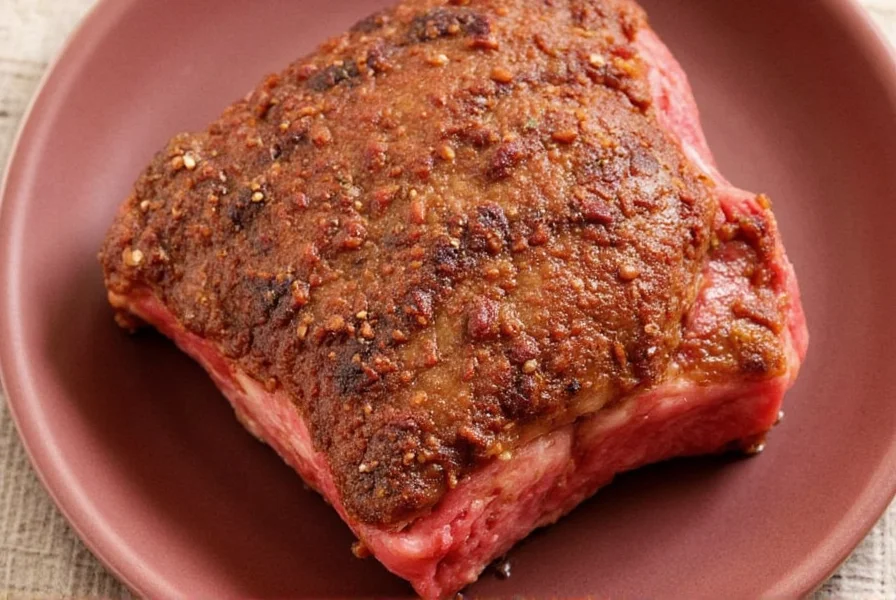
Spice Storage & Usage Hacks
Keeping your spices fresh ensures maximum flavor in every bite. Here are some pro tips to store and use them wisely:
Best Practices for Spice Storage
- Keep Away from Heat and Light: Store spices in a cool, dark pantry or cabinet away from stovetops.
- Airtight Containers: Transfer ground spices to sealed jars to preserve potency.
- Label Everything: Mark the date you opened each spice — most lose freshness after 6–12 months.
- Buy in Small Quantities: Especially for rarely used spices, to ensure optimal flavor.
Creative Ways to Use Old or Stale Spices
- Dry Rubs: Mix old paprika, garlic powder, and salt for a quick steak rub.
- DIY Air Freshener: Place cinnamon sticks or cloves in a sachet to scent your drawers naturally.
- Flavor Oil or Vinegar: Infuse olive oil or white vinegar with old chili flakes or mustard seeds.
- Outdoor Pest Repellent: Sprinkle cayenne pepper or cinnamon around garden beds to deter pests.
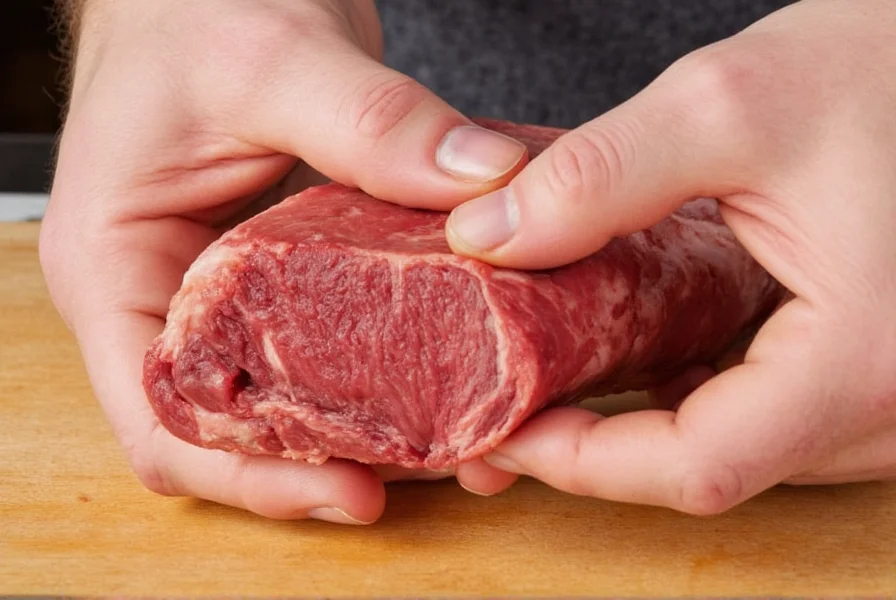
Buying Guide: Top Spices & Tools for Boiling Beef
To get the best results when boiling beef, investing in quality spices and tools makes all the difference. Here's what to look for:
Top Spices to Buy
| Product Name | Features | Advantages | Use Case | Best For | Recommended Brand |
|---|---|---|---|---|---|
| McCormick Bay Leaves | Natural, whole leaves; no additives | Strong aroma, enhances soups and stews | Slow-cooked beef dishes | Beginners and pros alike | McCormick Gourmet |
| Freshly Cracked Black Peppercorns | Fragrant, freshly cracked texture | More intense flavor than pre-ground pepper | Marinades and simmering liquids | Cooks who love bold flavors | The Spice Hunter |
| Smoked Paprika | Rauchy, sweet, and vibrant red | Adds warmth and rich color | Beef stew, paella, barbecue rubs | Grill masters and stew lovers | La Chinata |
Essential Kitchen Tools
- Slow Cooker: Ideal for hands-off simmering and breaking down connective tissue in beef.
- Cast Iron Dutch Oven: Retains heat evenly, perfect for braising and boiling beef to perfection.
- Mesh Spice Infuser: Keeps loose spices contained so they don't scatter in your broth.
- Thermometer: Ensures you keep the temperature between 180–200°F for tender results.
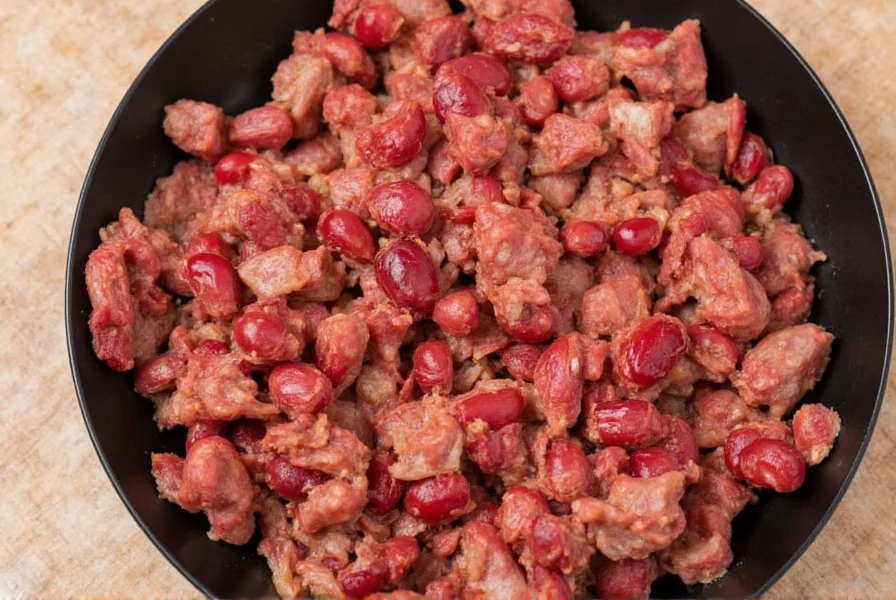
Frequently Asked Questions
Does boiling beef make it tender?
Yes, but only when done correctly. Gentle simmering (180-200°F/82-93°C) for an adequate time breaks down tough collagen into gelatin, resulting in tender meat. Aggressive boiling (212°F/100°C) typically makes beef tough by causing proteins to tighten excessively.
How long should I boil beef to make it tender?
Tougher cuts like chuck, brisket, or shank typically need 2-3 hours of gentle simmering to become tender. Leaner cuts may become dry if cooked too long - they generally need 45-90 minutes. The meat is ready when it easily pulls apart with a fork.
What's the difference between boiling and simmering beef?
True boiling occurs at 212°F (100°C) with vigorous bubbles, which often makes meat tough. Simmering happens at 180-200°F (82-93°C) with gentle bubbles, allowing collagen to slowly convert to gelatin without tightening the muscle fibers excessively. For tender beef, simmer rather than boil.
Which cuts of beef are best for boiling?
Tougher cuts with more connective tissue work best: chuck roast, brisket, shank, and short ribs. These cuts become wonderfully tender with long, slow cooking. Lean cuts like sirloin or tenderloin are better suited for quick cooking methods and will become dry if boiled for too long.
Why did my boiled beef turn out tough?
This usually happens for three reasons: 1) You used high heat causing aggressive boiling, 2) You didn't cook it long enough for the collagen to break down, or 3) You used a lean cut that's not suited for long cooking. For best results, use tougher cuts, maintain a gentle simmer, and cook for sufficient time.
Can I use a pressure cooker instead of boiling for tender beef?
Yes, pressure cookers are excellent for tenderizing beef. They reach higher temperatures than boiling (about 250°F/121°C at 15 psi), which dramatically reduces cooking time while still breaking down collagen. Most tough cuts will become tender in 45-60 minutes in a pressure cooker versus 2-3 hours with traditional simmering.
Conclusion
In summary, yes — boiling beef can absolutely make it tender, especially when done gently and with the right cut. And when paired with the right spices and techniques, you can transform a simple cut of meat into something extraordinary.
Remember, the secret lies in patience, proper spice usage, and smart storage. With these hacks and expert buying tips, you're well on your way to mastering boiled beef dishes that impress family and friends alike.
So go ahead — fire up the pot, add your favorite aromatics, and let the magic of slow cooking work its wonders!
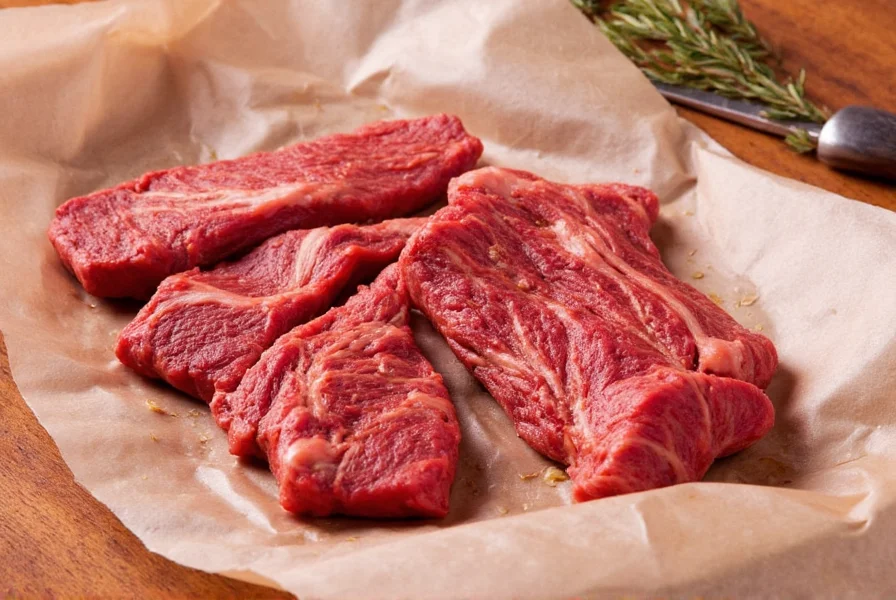

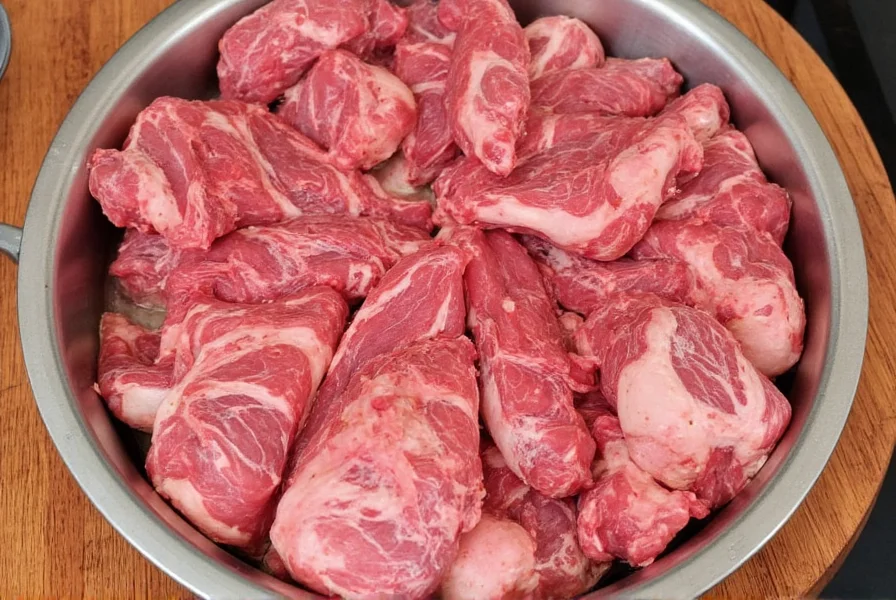









 浙公网安备
33010002000092号
浙公网安备
33010002000092号 浙B2-20120091-4
浙B2-20120091-4